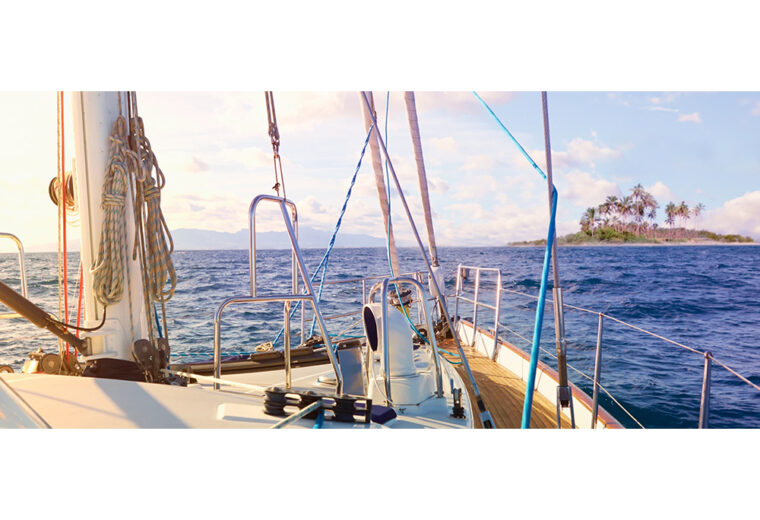4 Tips To Installing A Watermaker On Your Boat


A watermaker is one of the best investments you can make for your boat and one which will transform your lifestyle, allowing you to cruise further and stay away for longer. Although the process of buying and installing a watermaker might seem daunting, this blog will offer a few tips and strategies that you can use to simplify the installation process and make owning your watermaker easier in the long run.
 Have A Plan
Have A Plan
You might think this is a given for any work you undertake on your boat but it pays to mention it. At every stage of the process, from your initial research to the purchase and installation of your watermaker, have a plan and stick to it.
Although much of your decision making will be determined by your budget and your boat’s design, make sure you are always thinking about what you need from your watermaker, where you will install it, and how you will approach the installation itself.
Watch videos, draw diagrams and make sure to read the instructions and then read them again before you start to drill any holes or make any connections. Everything is so much easier with a solid plan in place, and with any luck, you should be able to proceed with your watermaker installation like it’s a big – and rather expensive – bit of lego.
Focus On Configuration Ahead Of Installation
This all comes back to having a plan. Installing a marine watermaker is a bit more complex than assembling an IKEA desk, and you can’t exactly pop down to the hardware store if you misplace a component during the installation.
Take the time to do a couple of ‘dry runs’ before you start the proper installation so that you know how everything connects and won’t be left scratching your head halfway through while wondering where the strainer basket is meant to go. Think about where you will route your pipes and electrical connections well in advance and don’t be afraid to experiment with different placements and figure out the ideal setup once you have the watermaker in your hand – this is a piece of equipment you only want to install once.
Divide the components into sections and connect them accordingly so that when you get started, the installation is simply a matter of linking these sections to each other instead of assembling the whole watermaker from scratch.

Take Advantage Of Existing Connections
Most watermakers will require you to create several through-hulls in your boat for the saltwater intake and brine discharge lines, in addition to running several metres of plumbing to connect the desalinator with your water tanks.
It goes without saying that you want to minimise the number of holes you put in your boat, which is why it is important to double up on any existing through hulls and connections that you may have. If your boat already has a saltwater intake – maybe for flushing the heads – then you can connect a sea strainer and use it for your watermaker.
Similarly, you can cut into your sink drain for the brine discharge line to avoid putting in another through-hull. T-valves are your friend here and can massively reduce the amount of work you need to do in order to install your watermaker, while also making one connection perform the function of many – an essential on any boat.

Protect Your Power Supply
There are many ways to power your watermaker, from wind turbines and solar panels to good old-fashioned generators. However you choose to power it though, one thing that is absolutely essential is to shield your power supply.
Every reverse-osmosis watermaker relies on a high-pressure pump to drive the filtration process, and whenever you are dealing with high-pressure systems, every fitting and connection is a weak point that risks springing a leak.
While you can cross your fingers and hope that nothing goes wrong, one of these weak points will eventually fail and you don’t want to risk ruining your entire system by having your batteries or electronics get sprayed with water. Whether it’s a simple plywood shield or a more elaborate housing, taking the time to protect your power supply will save you from some major headaches in the future.
For Watermakers That Are Easy To Install & Easy To Use, Get In Touch With SWS Pacific
Some watermakers are easier to install than others, and if you want to make life as simple as possible, look no further than the Schenker Zen range. Compact and self-contained, the Schenker Zen range is easy to install, easy to maintain and offers industry-leading low power consumption.
As Schenker’s only authorised distributor in the Asia Pacific region, SWS Pacific is your home for Schenker watermakers in Australia. For more information and to view their full range of Schenker marine watermakers, head over to the SWS Pacific website today.

